The Colosseum is more than just a symbol of ancient Rome; it’s a testament to the ingenuity and ambition of its builders. While millions marvel at its grandeur, few know the fascinating details behind its construction. Discovering these hidden aspects reveals the remarkable engineering and effort that brought this iconic structure to life.
Funded by Spoils of War

The construction of the Colosseum was financed largely through spoils taken from the Jewish Temple in Jerusalem. After the Roman victory in the First Jewish-Roman War, Emperor Vespasian decided to use the wealth obtained from this conquest to build the grand amphitheater. This decision not only provided the necessary funds but also served as a symbol of Rome’s power.
Built in a Remarkable Timeframe
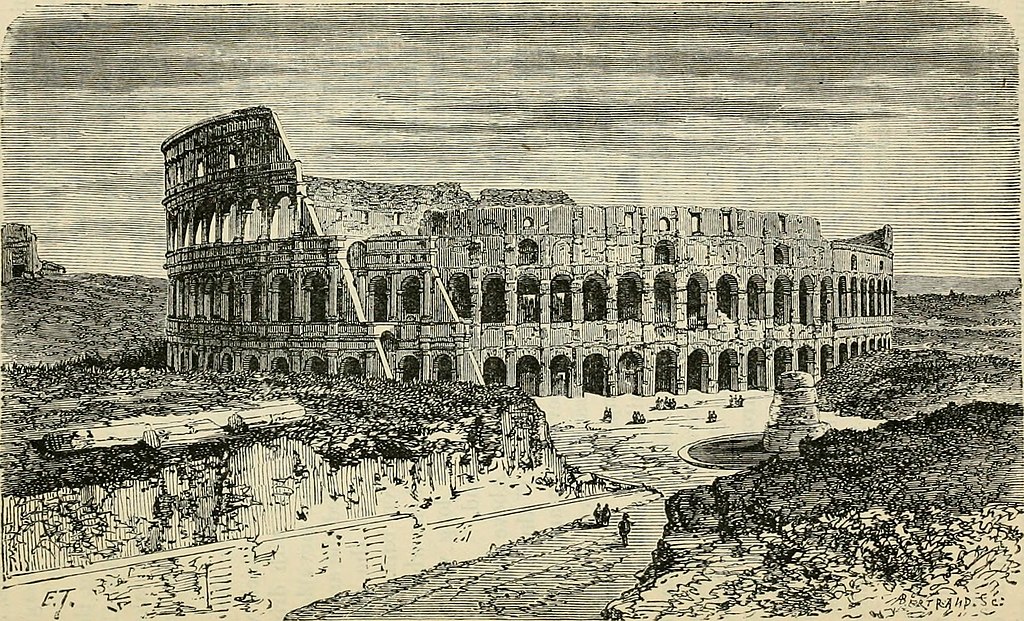
Construction of the Colosseum began in AD 72 under Emperor Vespasian and was completed in AD 80 by his son, Emperor Titus. Considering its massive size and the technology of the time, the Colosseum was built remarkably quickly. It took only eight years to construct, showcasing the efficiency and skill of Roman engineering.
A Complex System of Vaults

The Colosseum’s structure is supported by a complex system of concrete and stone vaults. These vaults distributed the immense weight of the amphitheater, allowing it to rise to its impressive height of nearly 50 meters. The Romans were pioneers in the use of concrete, and their expertise in vault construction is one reason the Colosseum has stood for nearly two millennia.
Ingenious Drainage System
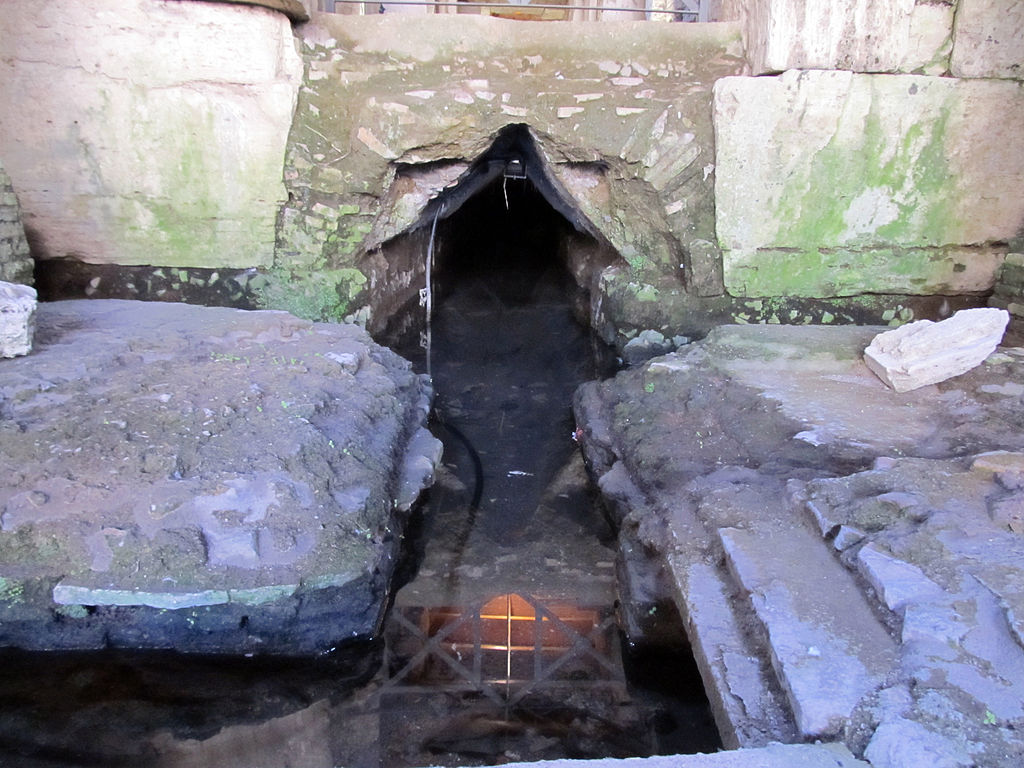
Beneath the Colosseum lies an advanced drainage system that still functions today. The site on which the Colosseum was built was originally a man-made lake, part of Emperor Nero’s Golden House. To ensure the area was suitable for construction, the Romans created a complex system of sewers and drains that diverted water away from the amphitheater. This system prevented flooding and kept the structure stable.
Built by Tens of Thousands of Slaves

The labor force that built the Colosseum was primarily composed of tens of thousands of slaves. These slaves were captured during Roman conquests, including the Jewish War. Their work was crucial to the rapid construction of the amphitheater, and they toiled under harsh conditions to complete this monumental project.
A Masterpiece of Roman Concrete
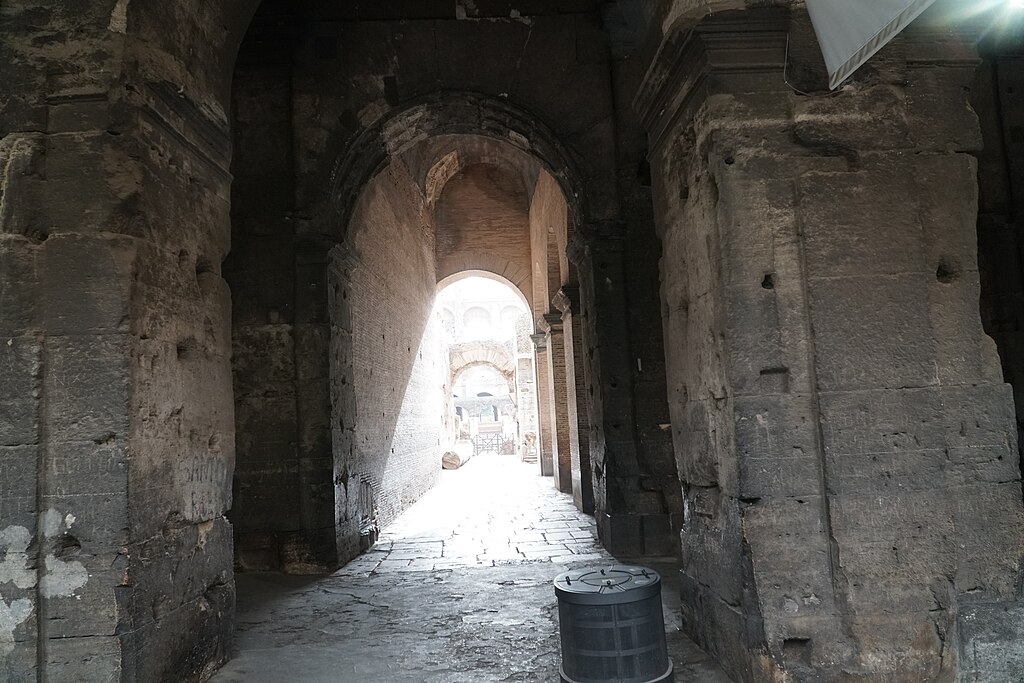
Roman concrete, known as opus caementicium, was a key material in the construction of the Colosseum. Unlike modern concrete, Roman concrete was made from lime, volcanic ash, and small stones. This mixture created a strong and durable material that has allowed the Colosseum to withstand the test of time. The use of concrete also enabled the Romans to build the massive vaults and arches that characterize the structure.
Seating for Over 50,000 Spectators
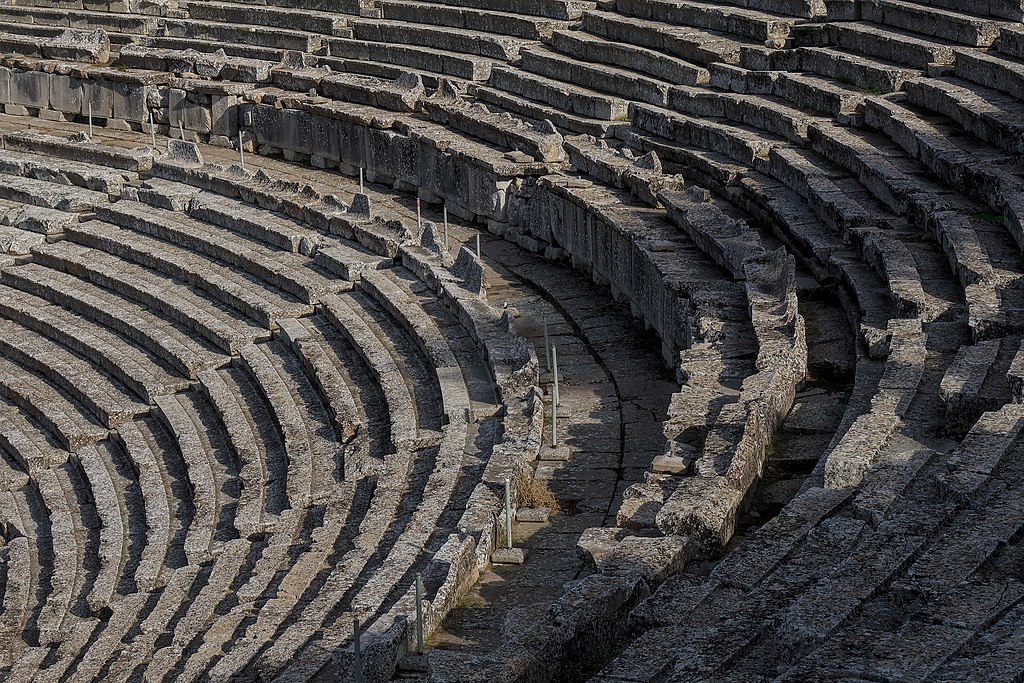
The Colosseum was designed to accommodate over 50,000 spectators. To manage such a large crowd, the architects incorporated 80 entrances, allowing people to enter and exit the building quickly and efficiently. The seating was arranged according to social status, with the best seats reserved for senators and other high-ranking officials.
A Retractable Awning System
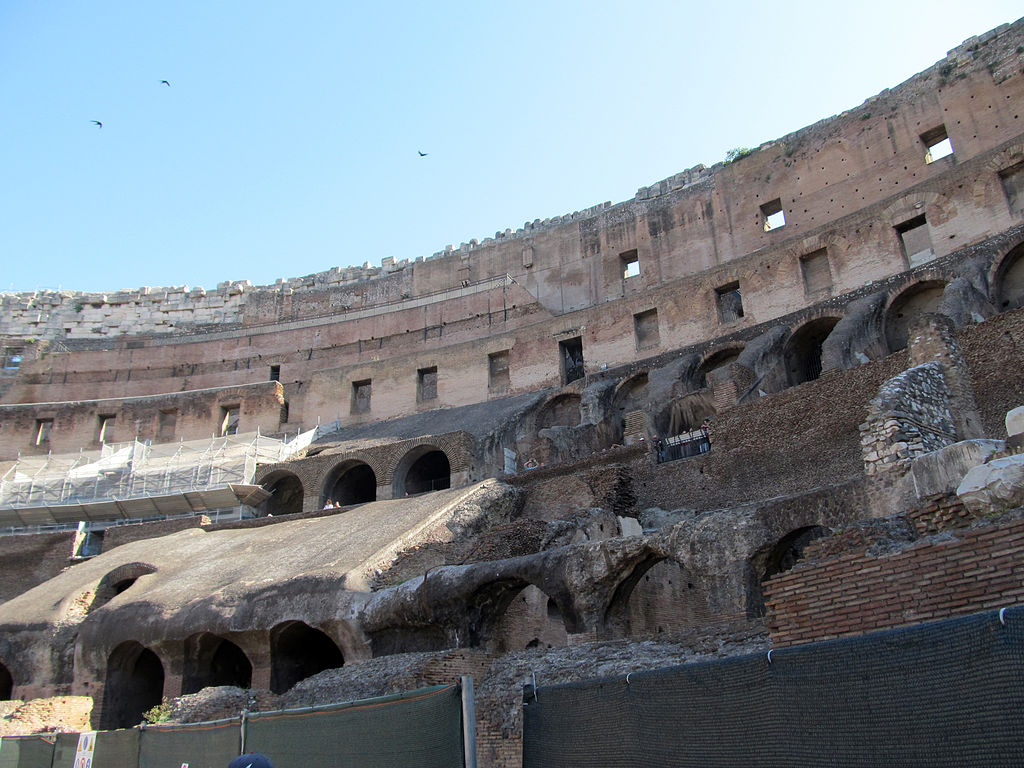
One of the most innovative features of the Colosseum was its retractable awning system, known as the velarium. This massive canvas could be extended over the seating area to provide shade for spectators. Sailors from the Roman navy operated the velarium, using a series of ropes and pulleys to maneuver the awning into place. This system not only provided comfort but also demonstrated the advanced engineering skills of the Romans.
Gladiator Training Grounds Nearby
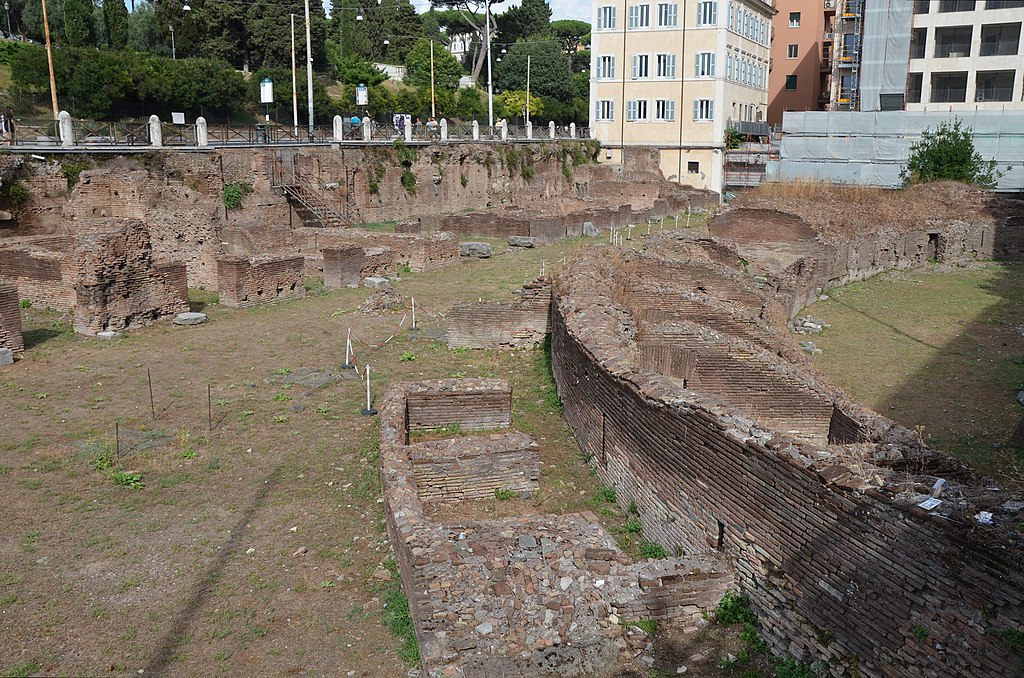
Adjacent to the Colosseum was the Ludus Magnus, the largest gladiator training school in Rome. Gladiators trained in this facility before fighting in the Colosseum. The Ludus Magnus was connected to the amphitheater by an underground passage, allowing the gladiators to enter the arena without being seen by the public until the moment of their appearance.
Use of Travertine Stone
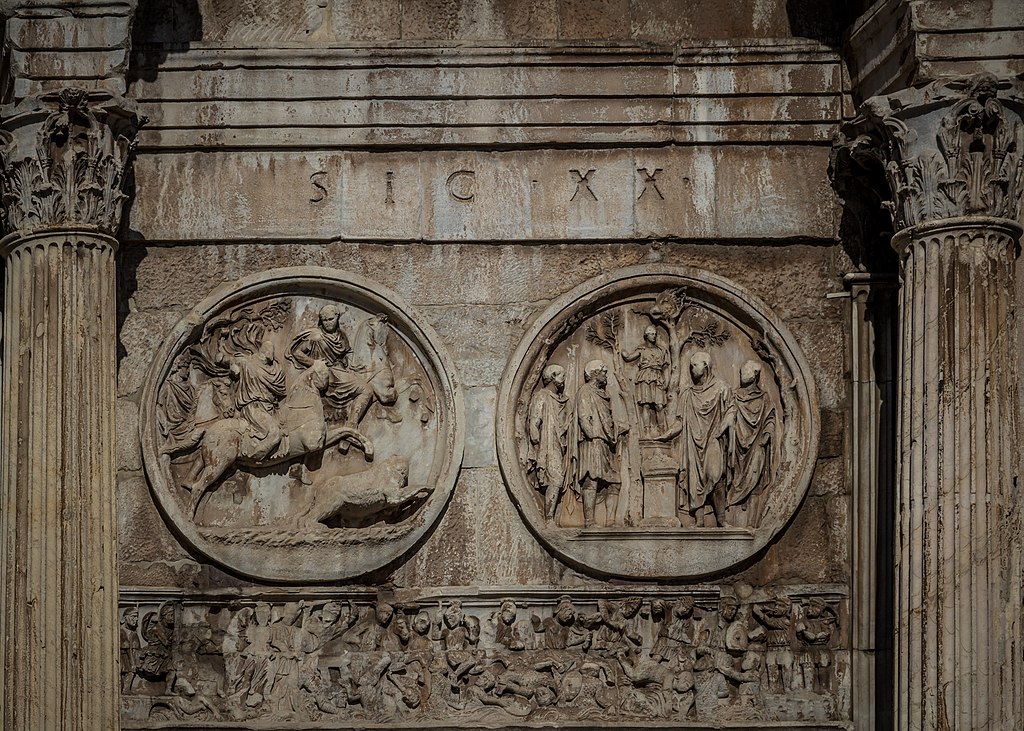
The exterior of the Colosseum was clad in travertine stone, a type of limestone quarried from nearby Tivoli. This stone was chosen for its durability and aesthetic appeal. Over 100,000 cubic meters of travertine were used in the construction, and the stone blocks were held together without mortar, using iron clamps instead. The use of travertine gave the Colosseum its iconic white appearance.
The Hypogeum: Underground Complex
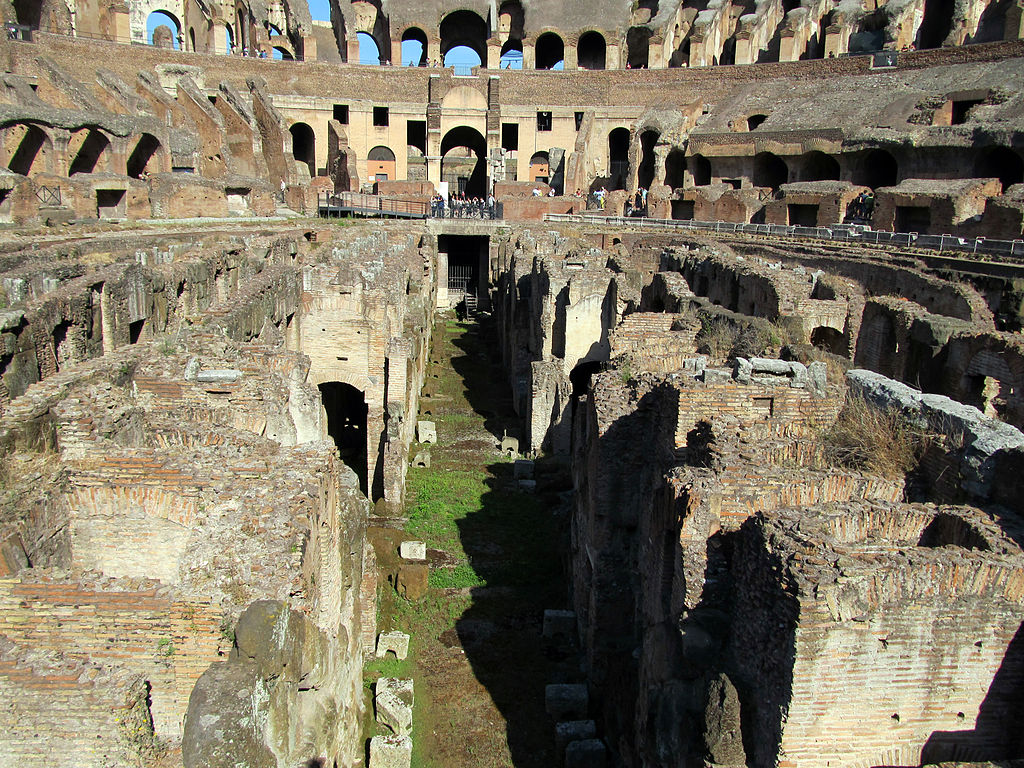
Beneath the Colosseum’s arena was a complex underground structure known as the hypogeum. This two-level network of tunnels and chambers housed animals, gladiators, and stage machinery. Elevators and trapdoors allowed animals and fighters to be lifted into the arena, creating dramatic and surprising entrances. The hypogeum was a critical part of the Colosseum’s entertainment system.
Decorated with Bronze Shields

The upper part of the Colosseum’s exterior was originally adorned with large bronze shields. These shields added to the grandeur of the structure and reflected the power and prestige of the Roman Empire. Unfortunately, the bronze was later removed and melted down, likely during the Middle Ages, leaving only the stone facade that we see today.
Constructed on the Site of Nero’s Palace

The Colosseum was built on the site of what was once a grand lake at the center of Emperor Nero’s Domus Aurea, or Golden House. After Nero’s death, his successors sought to erase his legacy, and the construction of the Colosseum was part of this effort. By transforming Nero’s private lake into a public amphitheater, the Flavian emperors demonstrated their commitment to giving back to the people of Rome.
Early Use of Prefabrication
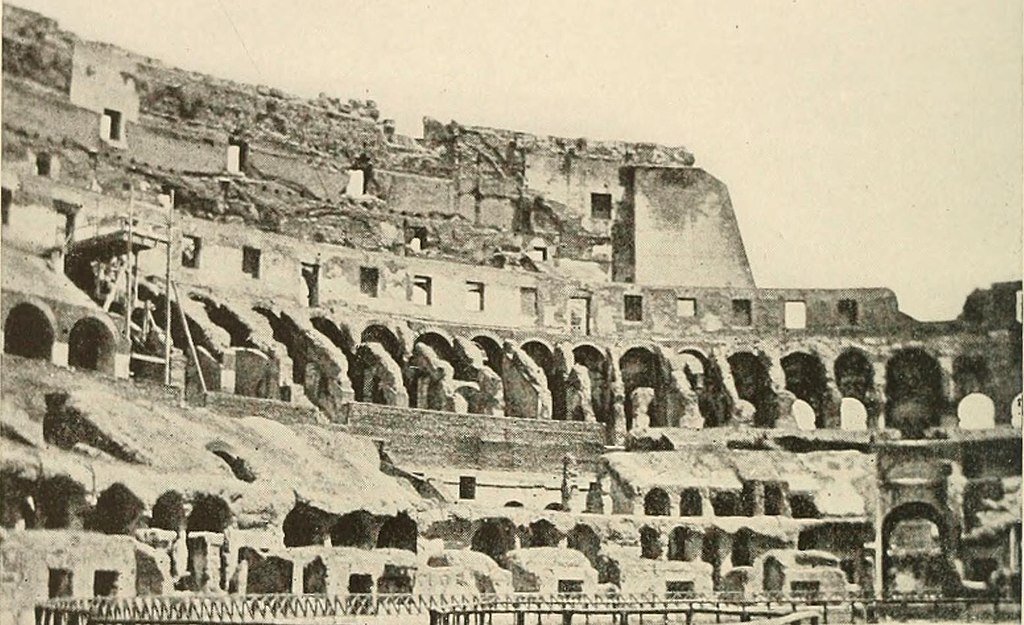
The construction of the Colosseum involved early examples of prefabrication. Many of the stone blocks and architectural elements were carved and shaped off-site before being transported to the construction area. This approach allowed for faster assembly and greater precision in the building process, contributing to the rapid completion of the Colosseum.
The Colosseum Was Initially Named After the Flavian Dynasty
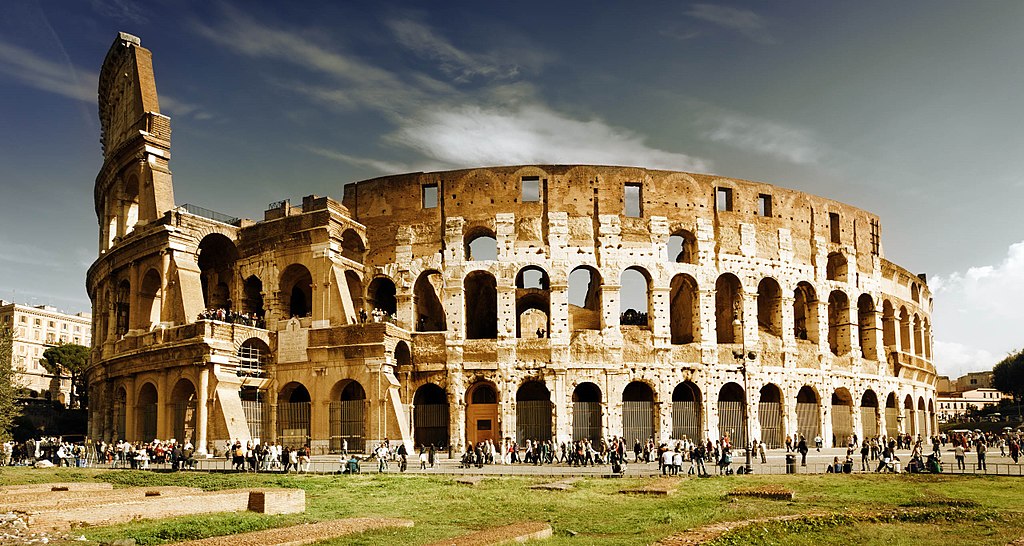
The official name of the Colosseum is the Flavian Amphitheater, named after the Flavian dynasty of emperors who commissioned its construction. The name “Colosseum” was derived later from a colossal statue of Nero that once stood nearby. Over time, the name Colosseum became synonymous with the amphitheater itself, while the statue of Nero was eventually lost to history.
This article originally appeared on UnifyCosmos.
More from UnifyCosmos
20 Surprising Backstories of Beloved Fairy Tales

Beneath the surface of our favorite fairy tales lie hidden stories that are often darker and more intricate. Read more!
20 Flattering Hairstyles for Every Face Shape

Whether you have a round, square, oval, or heart-shaped face, there are tricks to highlight your natural beauty. Read more!
20 Irresistible Dumplings and Pastries from Every Corner of the World

Dumplings and filled pastries are beloved culinary delights found in many cultures around the world. Whether steamed, baked, or fried, these treats are perfect for any occasion. Read more!
Leave a Reply